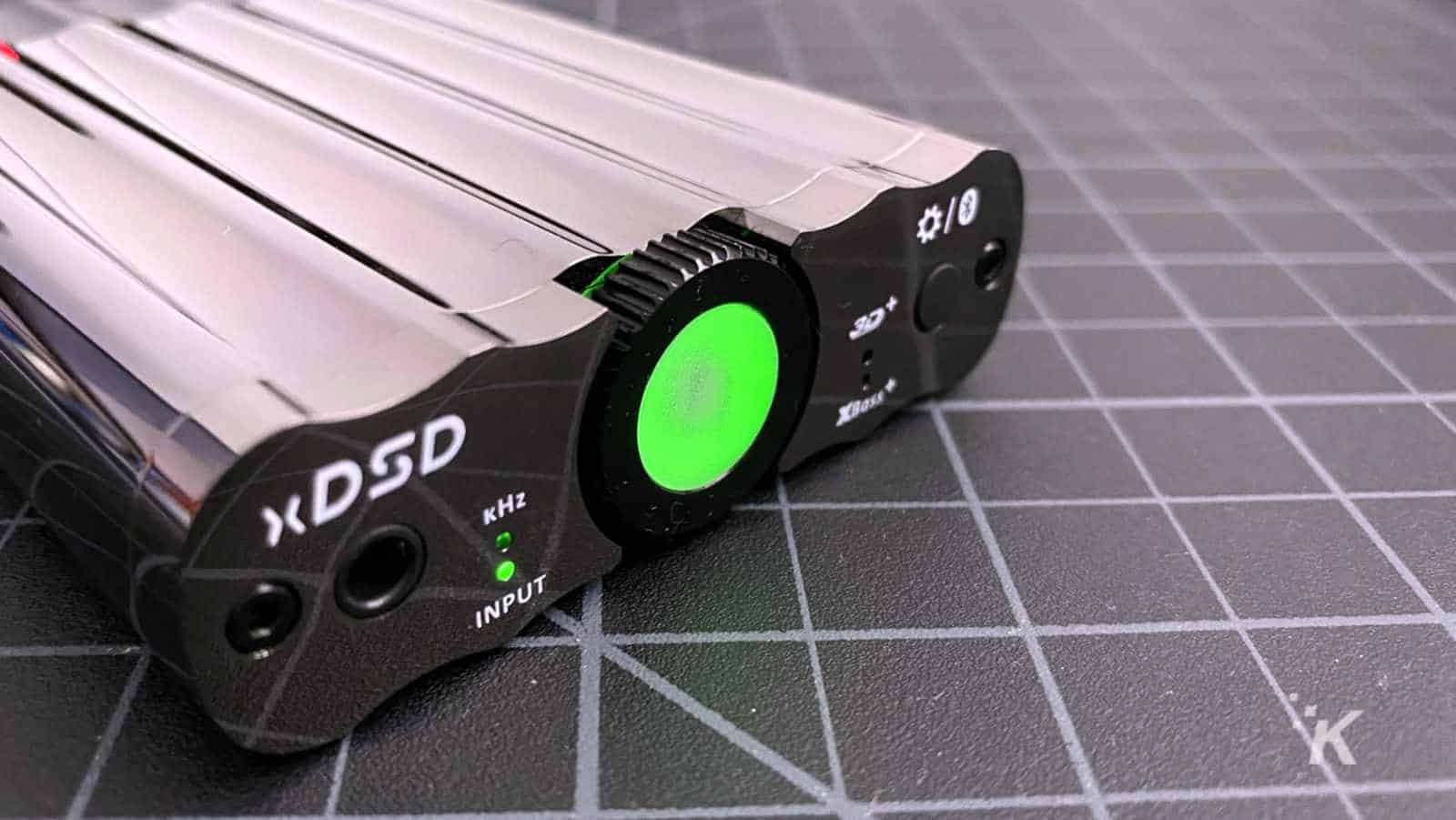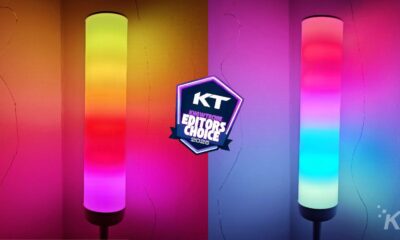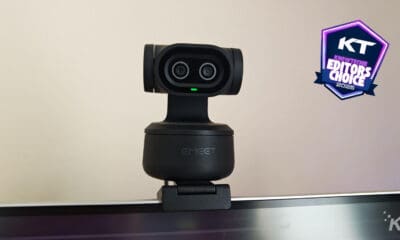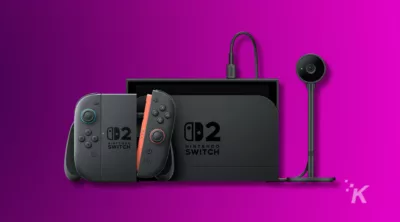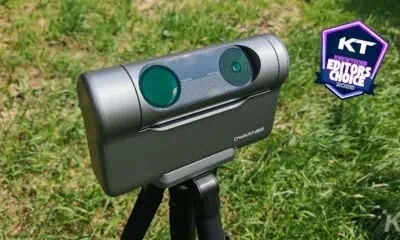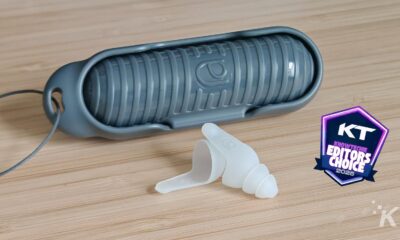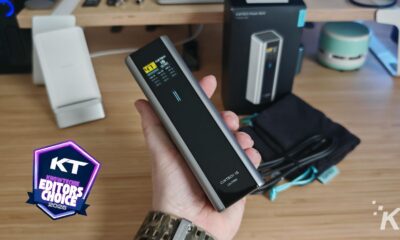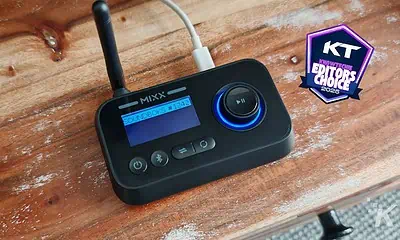Reviews
Review: iFi xDSD Portable Bluetooth DAC and Headphone Amplifier
If you are looking for excellent sound quality, look no further.
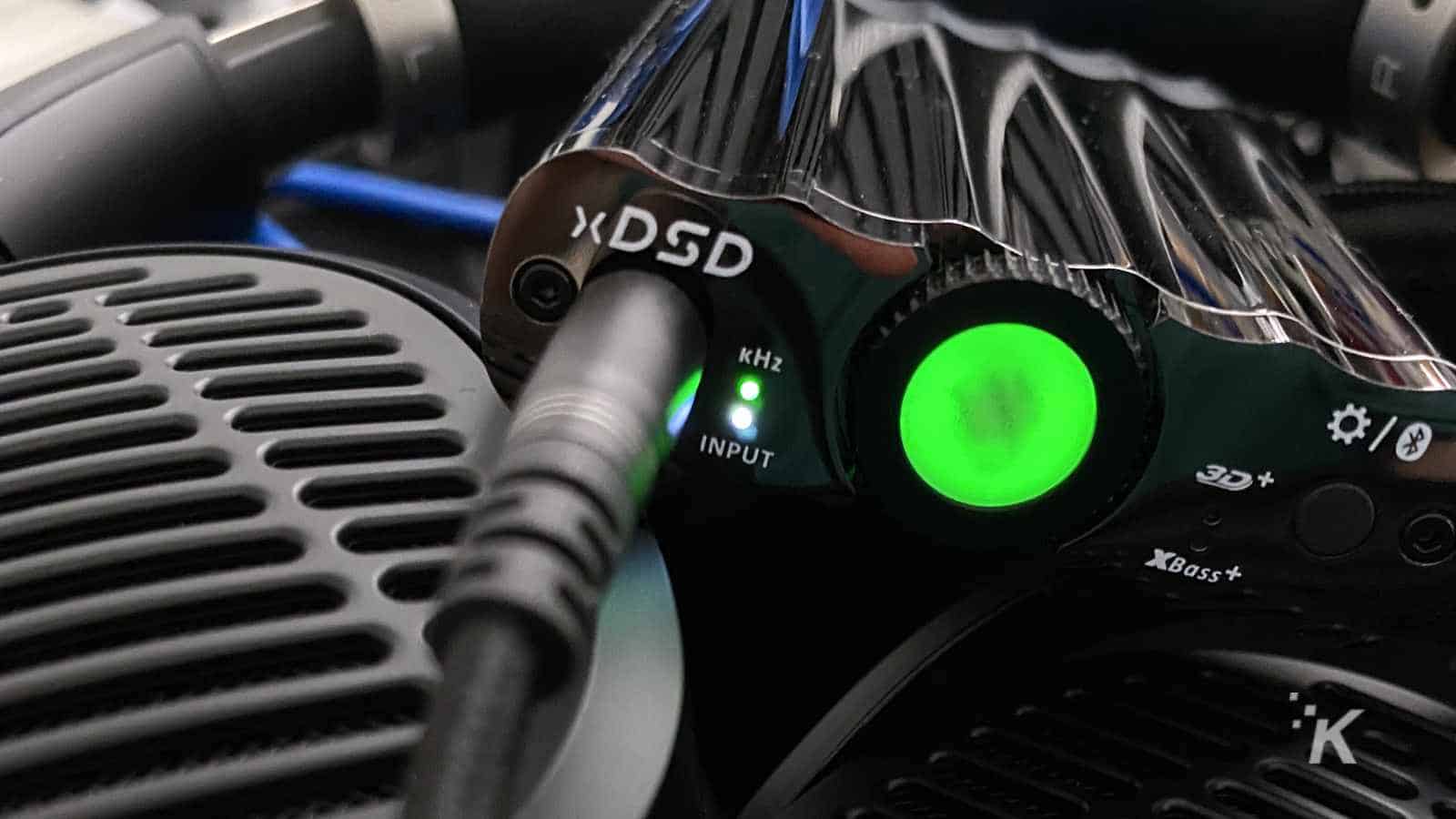
Just a heads up, if you buy something through our links, we may get a small share of the sale. It’s one of the ways we keep the lights on here. Click here for more.
[letsreview postid=”120673″]
If you’re in the market for a DAC/AMP combo unit, there is a huge list of options to choose from. That list narrows substantially if you want portability, and even further if you throw the need for wireless connectivity in the mix. One of the latest devices joining the small group of do-everything combo units is the xDSD from iFi audio.
This little black box comes with 500mW of power, enough for all but the hardest-to-drive headphones, Bluetooth and wired connectivity options, and an internal battery that can power your tunes for up to eight hours. With all of that power, is it enough to break into an exclusive club?
Jack-of-all-trades
With how much versatility iFi has stuffed into this tiny little box, I keep wondering if I’m going to find a kitchen sink in here. I mean, it has almost everything else… There is high-resolution playback up to PCM 768kHz, DSD 512, and MQA, although the top levels of this depend on if you’re running the MQA-tweaked firmware that comes pre-installed or the previous firmware that was tweaked for DSD512 and 768kHz playback. If you’re using Tidal for your source music, keep it on the pre-installed MQA firmware.
The DAC chipset is a Burr-Brown “True Native” one, there is a dual-mono amplifier with 500mW of power per channel with analog volume control, and some truly impressive headphone support. You’ll be able to play anything between 32 and 600 Ohms here, but just be aware that the higher the resistance, the lower your volume levels will be. The S-balanced headphone socket does some trickery if you put a TRRS set of headphones in (the four-pole plugs on anything with an inline mic), that gives you the benefits of a balanced signal path without needing balanced ‘phones. Nifty.
USB-A connectivity, S/PDIF optical, Bluetooth with both aptX and AAC support, and optional circuits to add XBass for more low end and 3D+ for wider soundstage round out the feature set. The internal 3.8v, 2200 mAh battery should get you six to ten hours of playback, and it recharges fairly quickly from a USB-C connector (that like most audio gear, is a USB-C in name only, using USB 2.0 so you can’t use a USB-C to USB-C cable to charge). I’ve found myself having to recharge it near the end of the day, which is pretty impressive.
Oh, and that analog volume wheel? It’s got a crazy amount of features. Pushing it in for a few seconds turns the xDSD on or off, holding it for a different length of time changes modes from wired to Bluetooth, and it changes color based on volume levels (blue, magenta, cyan, green, yellow, red, in that order from lowest to highest). It’s not the most intuitive control scheme, but it works. I found the green setting optimal for most of my headphones, although my 250 Ohm Beyerdynamic DT1990 Pros needed a little bit more.
Indecipherable black box or listening pleasure?
Okay, so you’re probably thinking that the wired performance on this little guy is pretty sweet based on the specs. You’d be right, but you also need to know that the wireless performance isn’t far behind. Like, I challenge you to hear a difference in most listening situations. That’s an amazing feat, especially considering that Bluetooth was so far behind not that long ago.
You can also use it in line-out mode, either via 3.5mm or the optical port. It might not be the cheapest way to add Bluetooth as an input to your existing stereo, but it’ll be one of the best quality options, especially if you’re using MQA from Tidal Masters.
Oh, don’t worry too much about the Measure/Listen switch on the back either. I could barely tell a difference between the two, and most people will be best served by leaving it on Listen.
Sound through the xDSD is transparent, clean, and accurate, even when using the XBass or 3D+ features to add a little bit of low-end or to widen the soundstage. Usually, EQ tweaks like this can muddy things, but that’s not an issue with this fantastic little box.
So, should I buy the xDSD from iFi audio?
For $400, it doesn’t come cheap. Then again, you’ll be hard-pressed to find a more versatile DAC/AMP. It can drive even my hefty Beyerdynamic DT1990 Pros, all from its internal battery! The xDSD really shines with planar drivers though, like the new Audeze LCD-1’s. A good DAC isn’t supposed to color the source material at all, and I can’t find any traces of this from listening to my favorite tracks.
What’s more, the xDSD goes where you want to listen, whether that’s wired or sending your music to you via Bluetooth. Just a word of warning – it’s a fingerprint magnet. Good thing iFi sends it with a velvet bag, eh?
Editors’ Recommendations:
- Review: MIOPS Capsule360 motion control box
- Review: BioBidet FLOW Faucet with hands-free motion sensor technology
- Review: Kami Wireless Outdoor Cam – for the price, you can’t beat it
- Review: The Marshall Monitor II ANC headphones raise the bar for design and battery life
Just a heads up, if you buy something through our links, we may get a small share of the sale. It’s one of the ways we keep the lights on here. Click here for more. A sample unit was provided for the purpose of this review.

